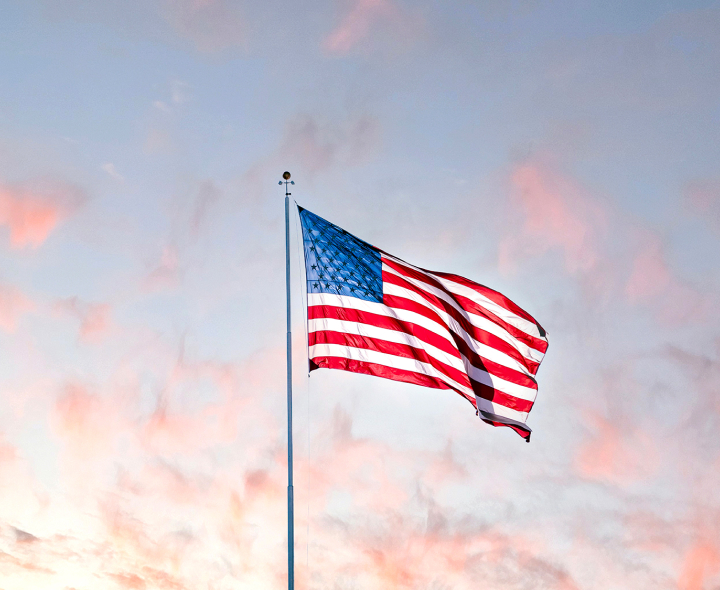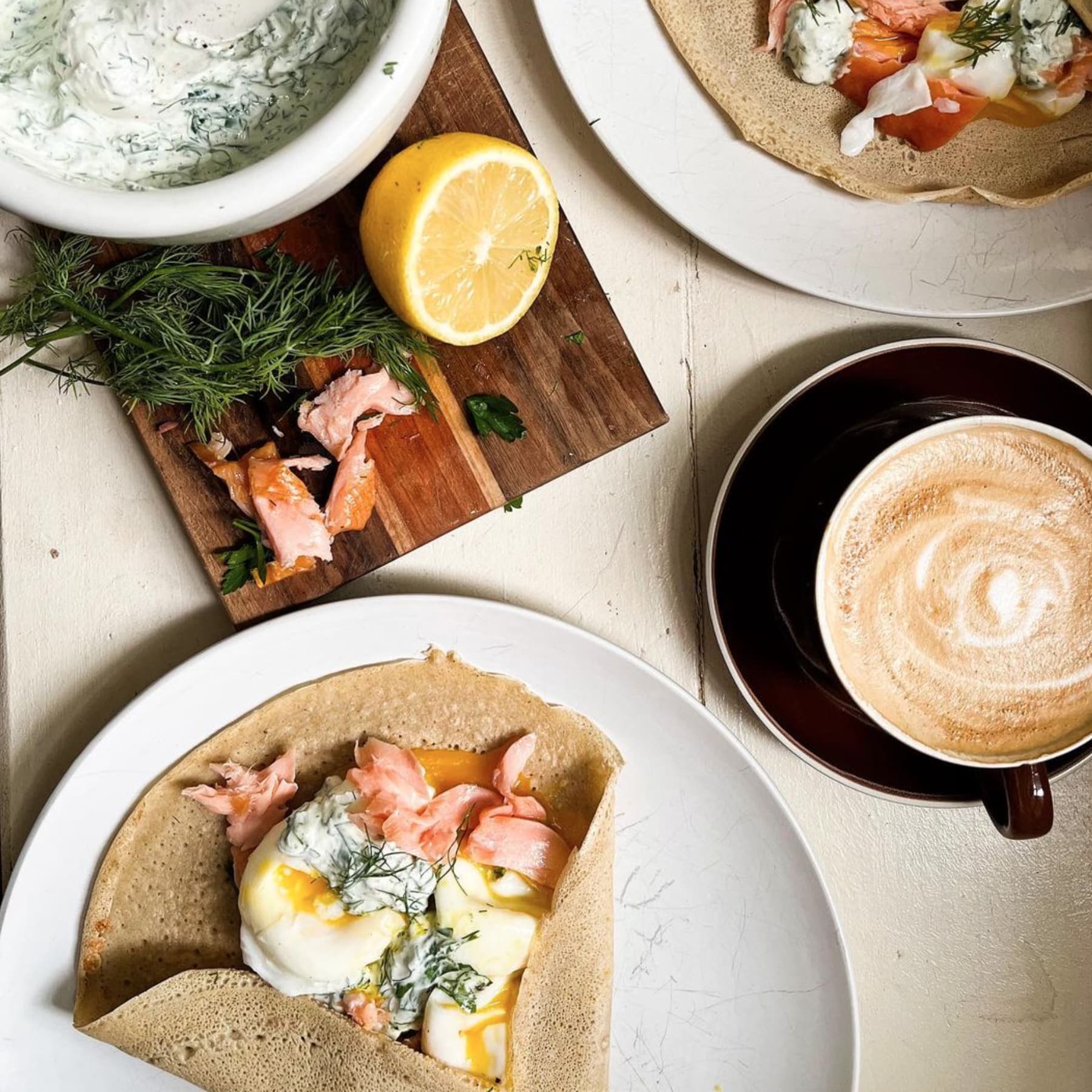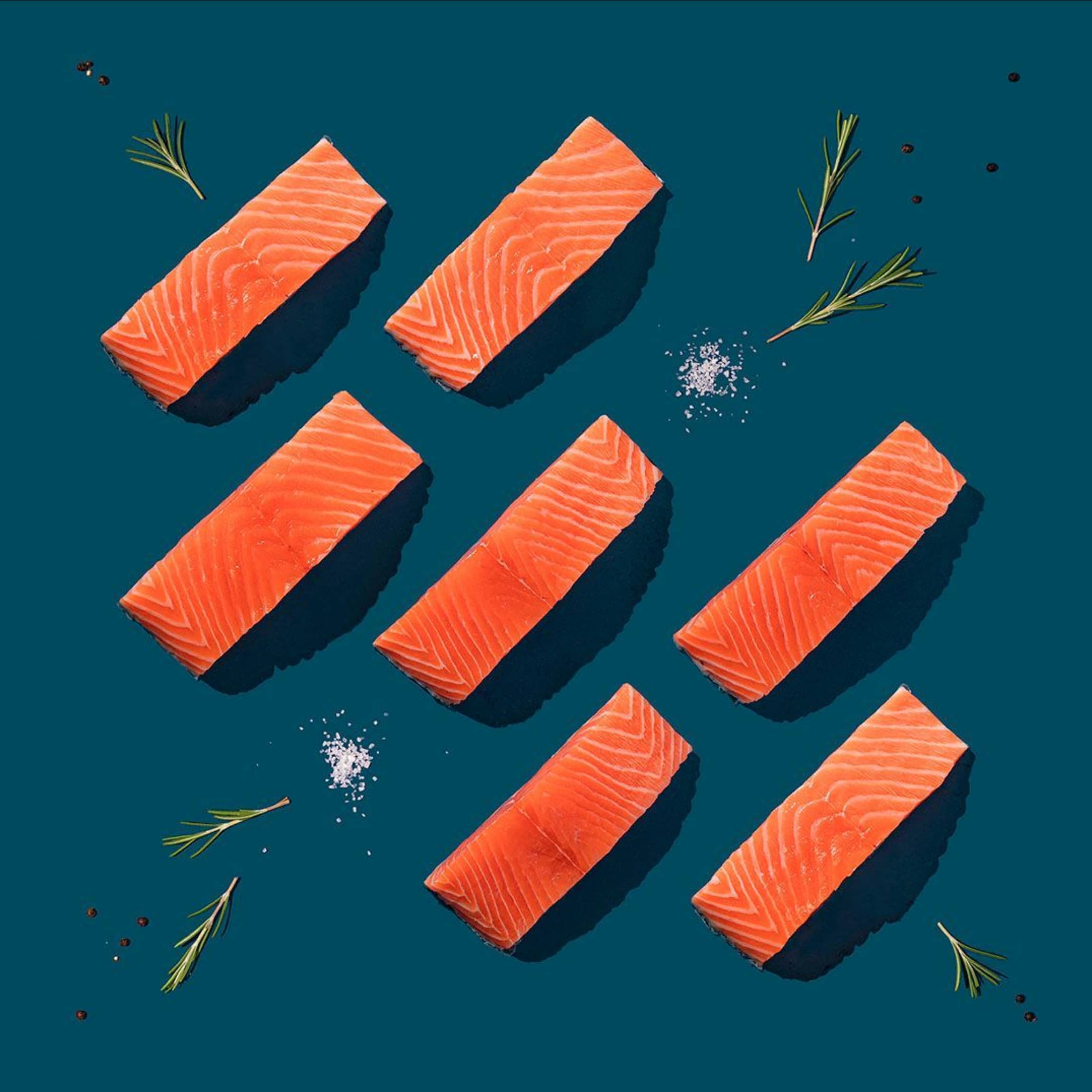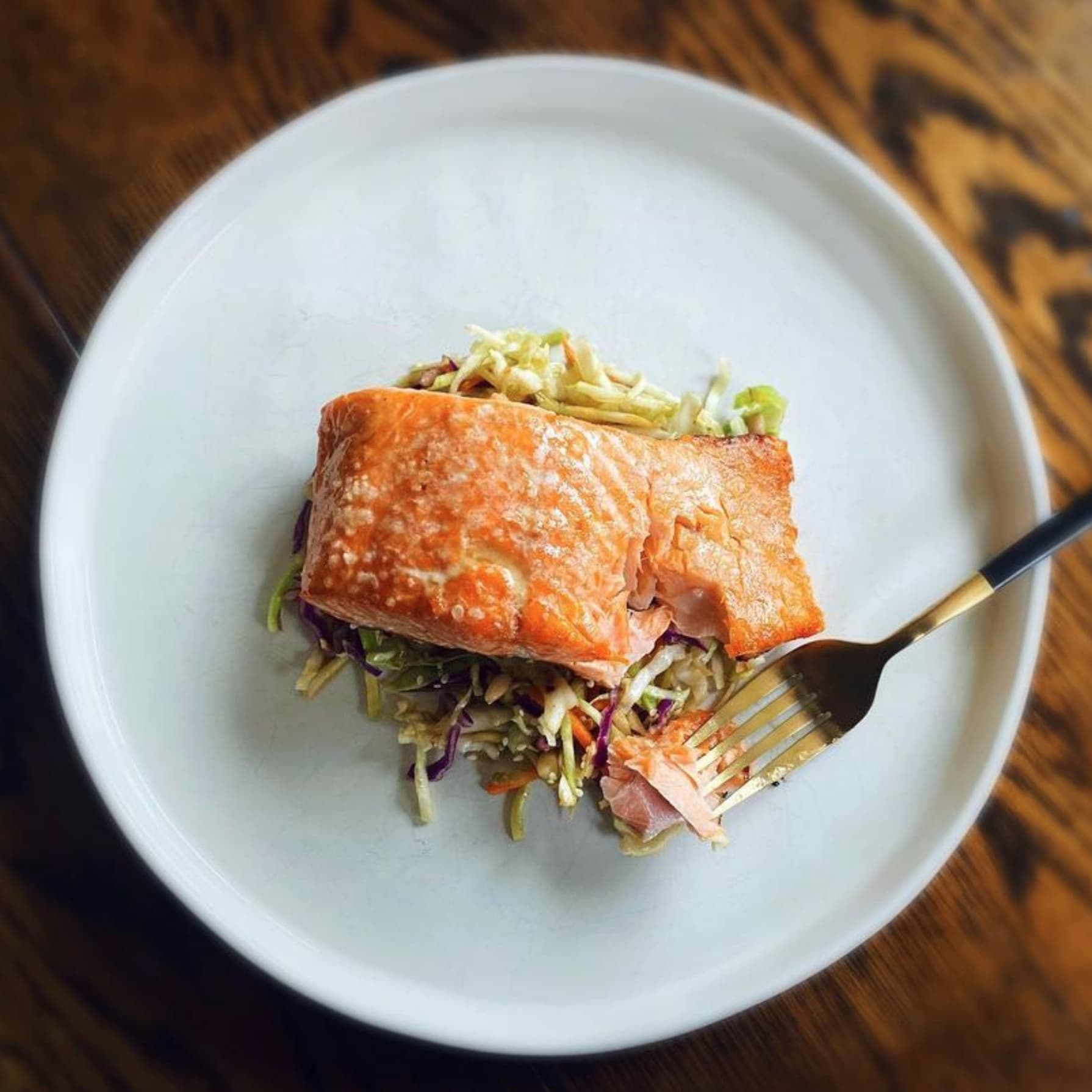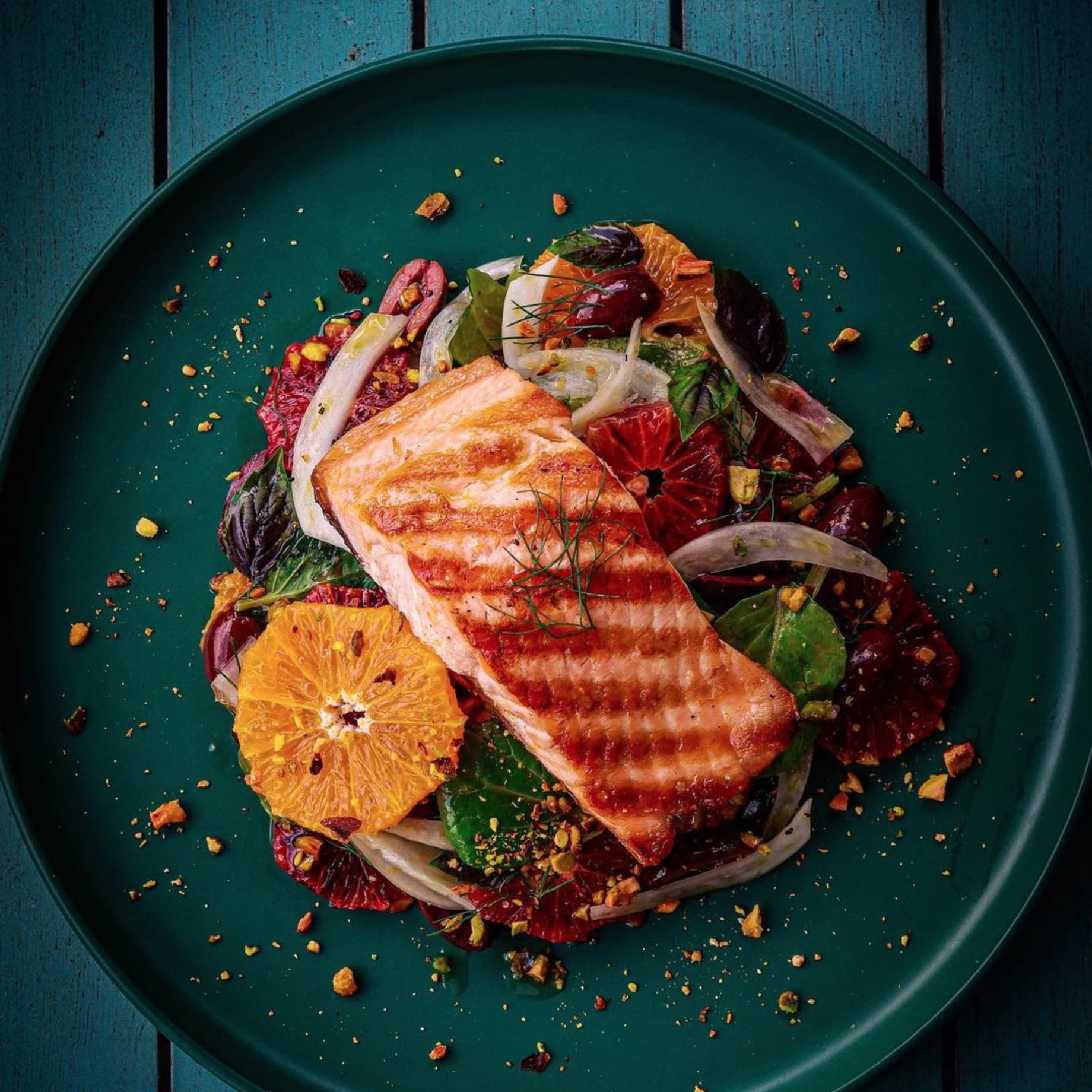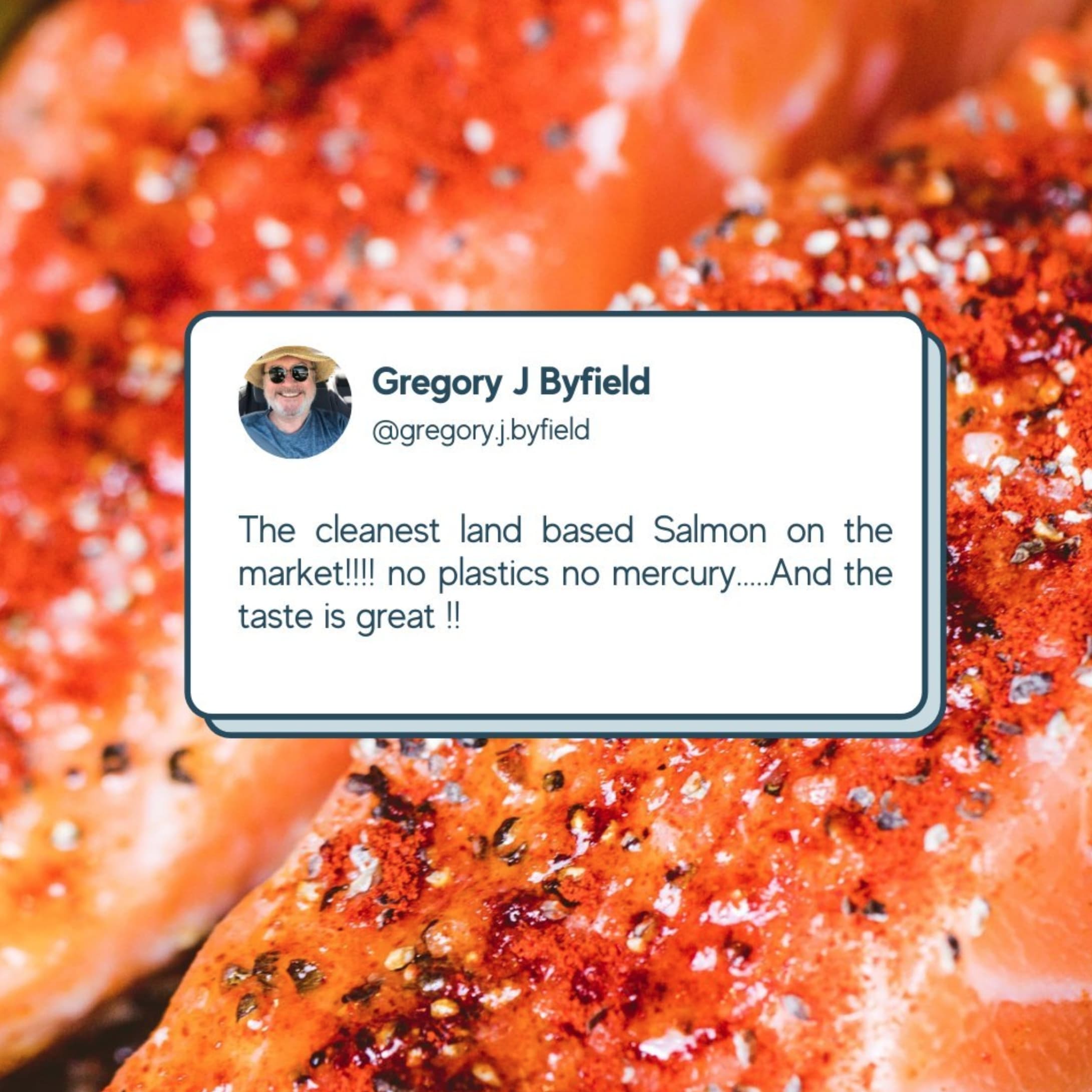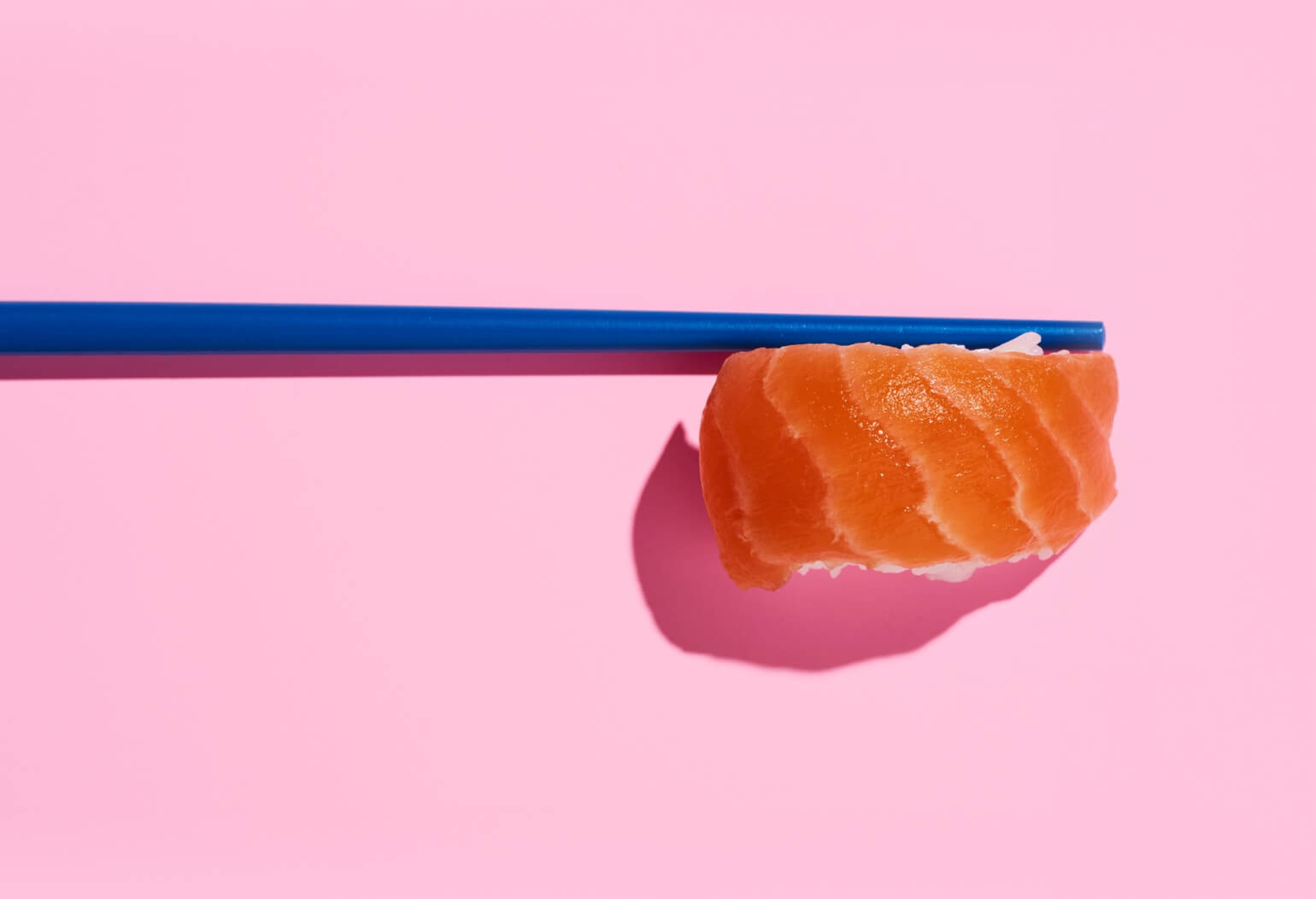We invented the Bluehouse that allows us to raise salmon 100% on land.
Bluehouse-Tech Bluehouse-Tech Bluehouse-Tech Bluehouse-Tech Bluehouse-Tech Bluehouse-Tech Bluehouse-Tech Bluehouse-Tech Bluehouse-Tech Bluehouse-Tech Bluehouse-Tech Bluehouse-Tech Bluehouse-Tech Bluehouse-Tech Bluehouse-Tech Bluehouse-Tech
Bluehouse Salmon is not wild caught, but it’s not traditionally farmed, either. The fish are raised in a revolutionary land-based Florida Bluehouse™. A Bluehouse operates much like a greenhouse, only for fish, and eliminates the need to use ocean net pens in remote areas of the world.
Recirculating Aquaculture Systems Sustainable seafood on land Recirculating Aquaculture Systems Sustainable seafood on land Recirculating Aquaculture Systems Sustainable seafood on land Recirculating Aquaculture Systems Sustainable seafood on land Recirculating Aquaculture Systems Sustainable seafood on land Recirculating Aquaculture Systems Sustainable seafood on land Recirculating Aquaculture Systems Sustainable seafood on land Recirculating Aquaculture Systems Sustainable seafood on land Recirculating Aquaculture Systems Sustainable seafood on land Recirculating Aquaculture Systems Sustainable seafood on land
The Bluehouse uses a technology for growing sustainable seafood on land called Recirculating Aquaculture Systems (RAS). Our water is continuously purified by a state-of-the-art filtration system and the fish are free to swim against strong currents, as they do in the wild. Our salmon will never have contact with sea lice or be exposed to wild fish diseases. This allows them to grow strong and healthy in a humane way.
By raising fish on land, we currently produce 70 million meals a year in steady state. Our continued expansion plan will increase this capacity by almost 22 times, allowing us to serve up to a quarter of the US market. – By 2031 we plan to raise 220,000 annual tons of salmon on land that once grew only 10,000 annual tons of tomatoes.
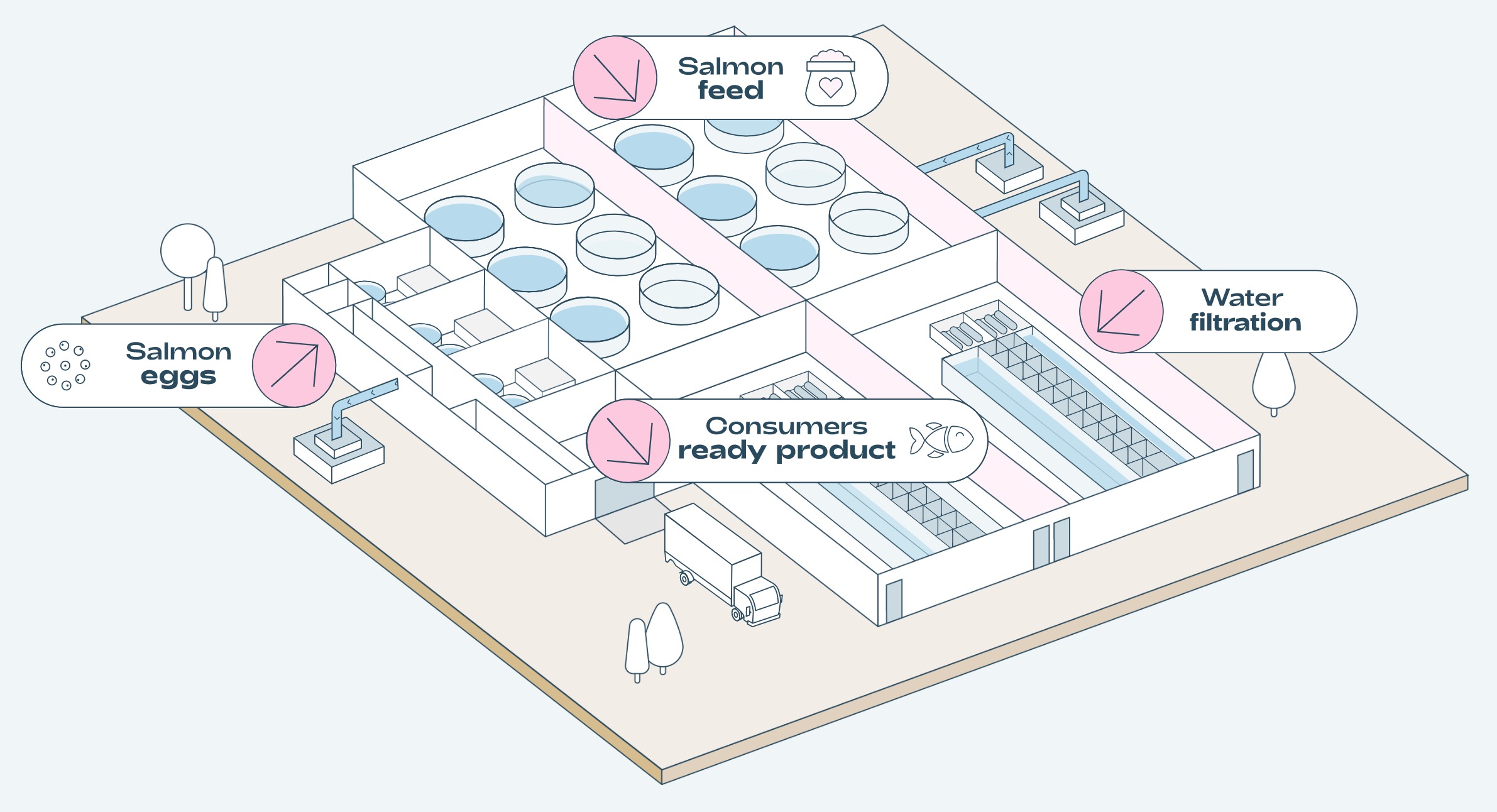
The Bluehouse has complex controls for water chemistry, temperature, salinity, current and even lighting. By constantly monitoring these parameters, we provide ideal conditions for our fish and ensure their welfare. Water is recycled every half- hour and removed every 10 days, and precise amounts of oxygen must be added and carbon dioxide extracted. We use artificial intelligence to optimize feeding and avoid waste.
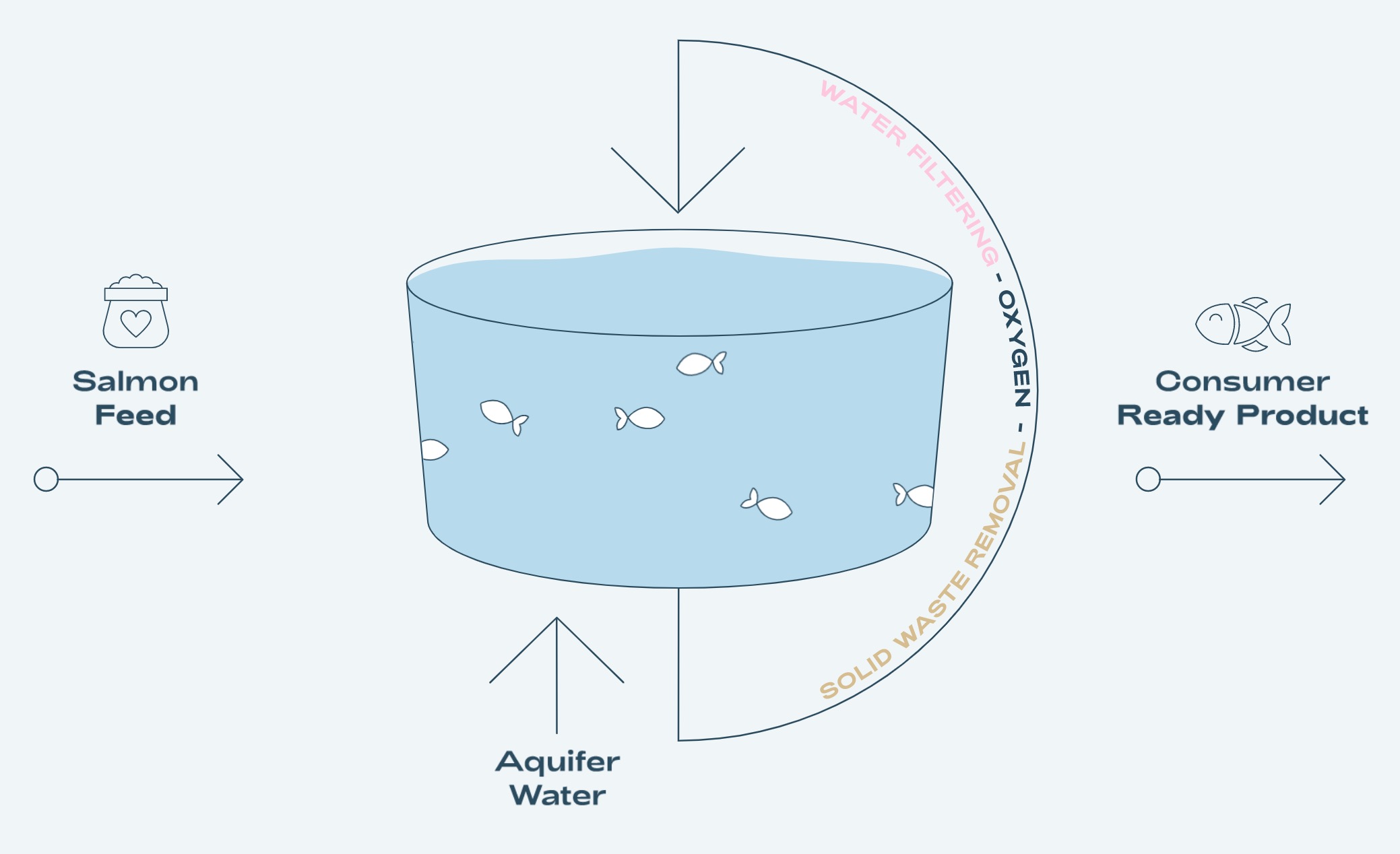
The Miami Bluehouse has an unique water source bringing a new level of purity to the product. The water is more than 20,000 years old and has never been exposed to man-made contamination such as microplastics. Our water source is naturally purified through limestone rock in a sustainable ancient artesian aquifer. We recycle over 99% of the water.
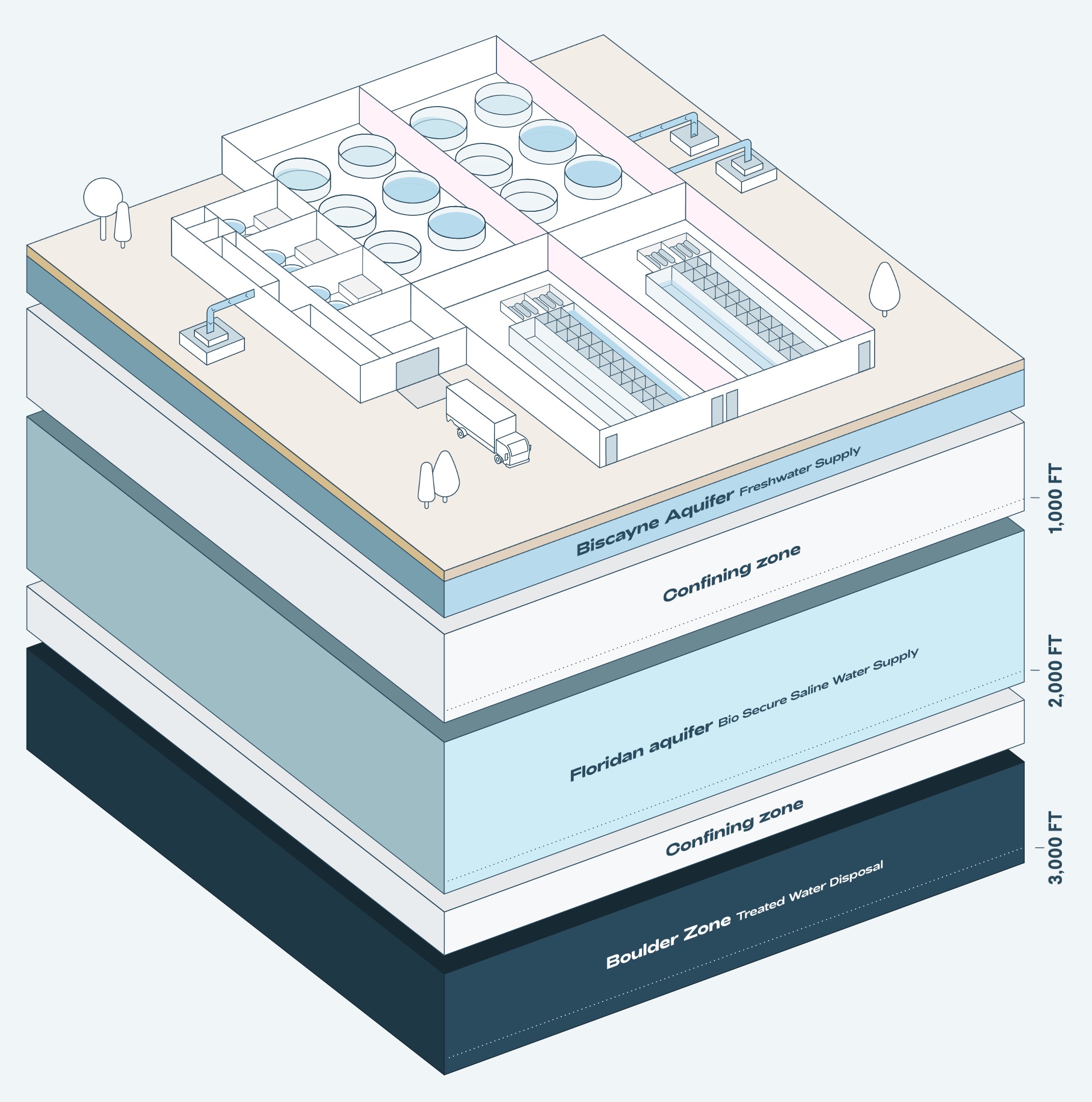
Under 5% of Bluehouse water is freshwater and over 95% is saline water, not otherwise suitable for irrigation or human consumption.
Tour the Bluehouse Tour the Bluehouse Tour the Bluehouse Tour the Bluehouse Tour the Bluehouse Tour the Bluehouse Tour the Bluehouse Tour the Bluehouse Tour the Bluehouse Tour the Bluehouse Tour the Bluehouse Tour the Bluehouse Tour the Bluehouse Tour the Bluehouse Tour the Bluehouse Tour the Bluehouse Tour the Bluehouse Tour the Bluehouse Tour the Bluehouse Tour the Bluehouse
Our Story Our Story Our Story Our Story Our Story Our Story Our Story Our Story Our Story Our Story Our Story Our Story Our Story Our Story Our Story Our Story Our Story Our Story Our Story Our Story
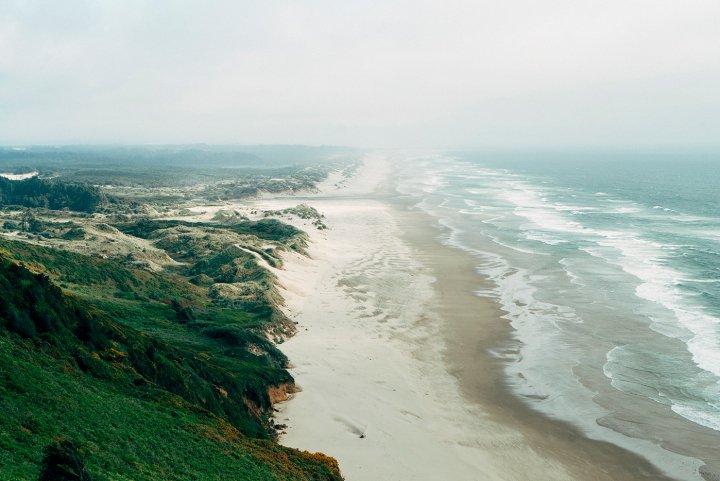
Founders Johan Andreassen and Bjorn-Vegard Lovik soon came to the realization that no matter how sustainable their methods were, salmon farmers still had to fly fish across the globe in non-sustainable packaging while emitting a massive carbon footprint to deliver fish to the world’s largest salmon market, the United States. After an extensive search that included 14 states, the team soon learned the ideal location existed in Miami, Florida due to its unique groundwater resources, bringing a new level of purity to the product.
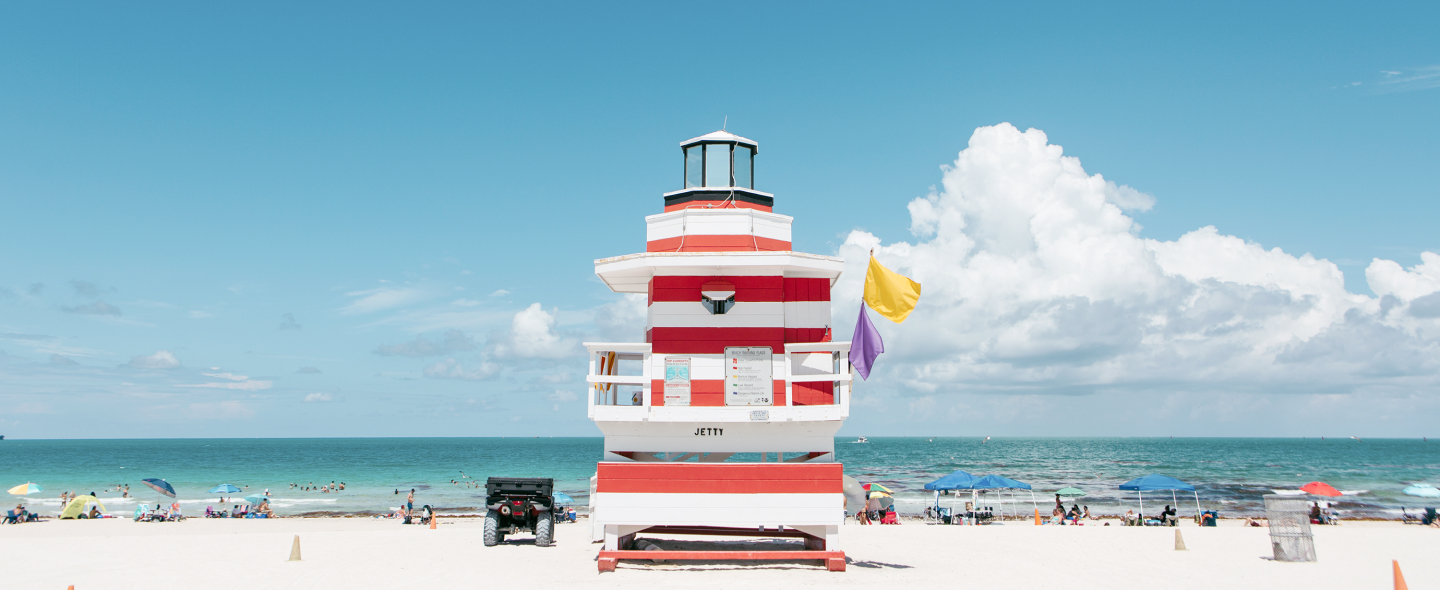
Bluehouse Salmon not only provides hundreds of jobs in the state – we’re building a sustainable industry with proven growth potential that leverages Florida’s natural fit for aquaculture innovation. In the near future, it will be as natural for consumers to prefer salmon from Florida as it is for them to seek lobsters from Maine and potatoes from Idaho.
